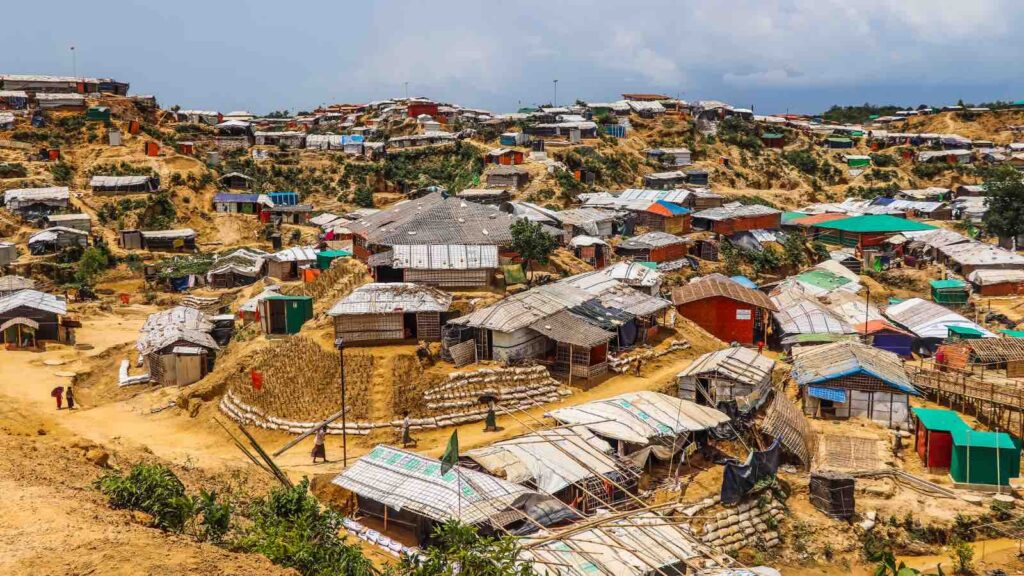Unprecedented deforestation in Cox’s Bazar reveals the deepening environmental cost of displacement. Unless decisive action is taken, Cox’s Bazar may soon be known not only for one of the world’s worst refugee crises—but also for one of its most tragic environmental failures.
Nearly eight years since the mass arrival of Rohingya refugees fleeing persecution in Myanmar, Bangladesh’s Cox’s Bazar—once rich in biodiversity and forest cover—is now at the center of an unfolding environmental crisis. While the world has largely framed the situation through the lens of displacement and humanitarian need, mounting evidence reveals that the crisis has exacted a devastating toll on one of Bangladesh’s most ecologically sensitive regions.
RELEVANT SUSTAINABLE GOALS
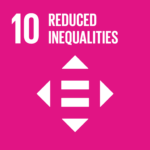
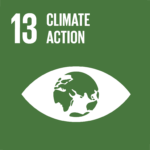
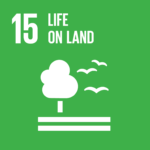
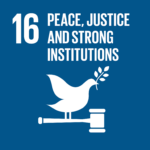
Since 2017, over 1,337 hectares of forest have been converted into refugee settlements. The total forest loss in Cox’s Bazar is estimated at more than 16,600 hectares, driven by the rapid expansion of camps, infrastructure development, and ongoing firewood collection by a population that now exceeds 1.3 million refugees.
Protected Areas Under Siege
The refugee settlements, many of which have expanded into Teknaf Wildlife Sanctuary, Himchari National Park, and Inani Protected Area, have severely fragmented habitats that were once safe havens for endangered species like the Asian Elephant and the Pig-tailed Macaque. The sanctuaries, which span more than 12,000 hectares combined, are losing their ecological integrity as forests are cleared and wildlife corridors are severed.
Increased human-elephant conflict—sometimes resulting in fatalities—highlights the severity of habitat disruption. Once home to 525 plant species and a wide variety of fauna, the forests of Cox’s Bazar now teeter on the edge of collapse.
A World Bank analysis using satellite data documented an 835% increase in camp areas between 2016 and 2017, as nearly 700,000 Rohingya crossed the border into Bangladesh. The most alarming transformation occurred in the Kutupalong–Balukhali compound, where settlement areas swelled by over 1,200 hectares in a single year.
This explosive growth wasn’t limited to shelters. Supporting infrastructure—including roads, sanitation facilities, and water systems—also consumed valuable green space. Beyond structural expansion, an additional 1,600 hectares of forest have been cleared for firewood, with refugees consuming an estimated 50,000 kilograms of wood daily, or BDT 5 crore (USD 413,000) in value.
The Price of Survival: Fuel and Deforestation
For Rohingya families, cooking fuel often comes directly from the forest. Before the liquefied petroleum gas (LPG) pilot program began in 2018, monthly firewood consumption stood at nearly 7 million kilograms. The LPG initiative slashed that need by 80% in its early phase—but the program’s reach remains incomplete, and now faces a fresh funding crisis.
As of April 2025, the UN warns that budget constraints could halve food rations for one million Rohingya refugees, potentially driving them back to unsustainable harvesting of firewood and worsening environmental degradation.
The economic cost of this ecological fallout is staggering. According to the Cox’s Bazar South Forest Division, total losses due to forest destruction and biodiversity decline now exceed BDT 11,865.56 crore (USD 1.09 billion). Forest resource damage alone is valued at USD 870 million, with biodiversity losses adding another USD 205 million.
As raw materials from the forest dwindle and biodiversity continues to decline—by 13.58% and 14.57% respectively—the region’s ability to recover is compromised.
Replanting Hope, But Facing Hard Limits
Efforts to restore the landscape, such as the 2019 reforestation and stream rehabilitation project by UNHCR and partners including IUCN and BRAC, have had a modest impact. The initiative restored 150 hectares of shrubs and 2.5 kilometers of streams, offering vital but insufficient support to a region in need of widespread ecological repair.
Environmentalists warn that these efforts must be significantly scaled up, integrated into a comprehensive long-term strategy, and supported by sustained international funding.
Cox’s Bazar represents a deeply complex challenge—one that sits at the intersection of displacement, poverty, climate vulnerability, and ecological collapse. While the plight of the Rohingya rightly demands global compassion and action, the environmental consequences of unmanaged displacement are neither peripheral nor future concerns—they are immediate, escalating, and potentially irreversible.
As Bangladesh continues to shoulder one of the world’s largest refugee burdens, it also stands as a frontline state in the battle between survival and sustainability. The future of Cox’s Bazar, and its once-vibrant ecosystems, now depends on bold, integrated policies that protect both people and the planet.
Lead image courtesy of Mondal Falgoonee Kumar via Getty Images (Rohingya Camp Cox’s Bazar)
You may also be interested in :
Human Activities Threaten Half of Earth’s Precious Mangrove Forests


